20 Things You Should Teach Your Pup Before Their Second Birthday
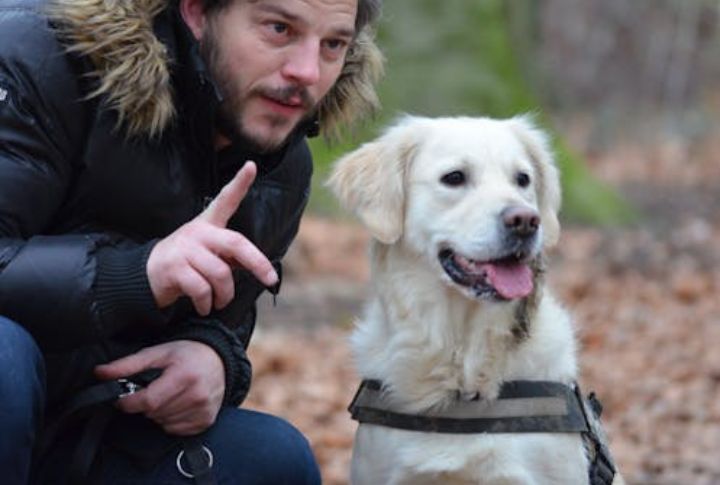
Got a young pup? Make these early years count by teaching them 20 must-have skills before they turn two. Each lesson here sets your pup up for a lifetime of happy adventures, from basic commands to social skills. Here’s how to raise a well-rounded, well-behaved dog!
Sit and Stay: The Basics

Nothing builds discipline faster than “sit” and “stay.” Start with treats as rewards and keep training sessions short. Your pup learns patience, and you get some peace! Soon, these commands will become second nature and help manage everything from mealtime manners to visitor greetings.
Socialize Around Other Dogs
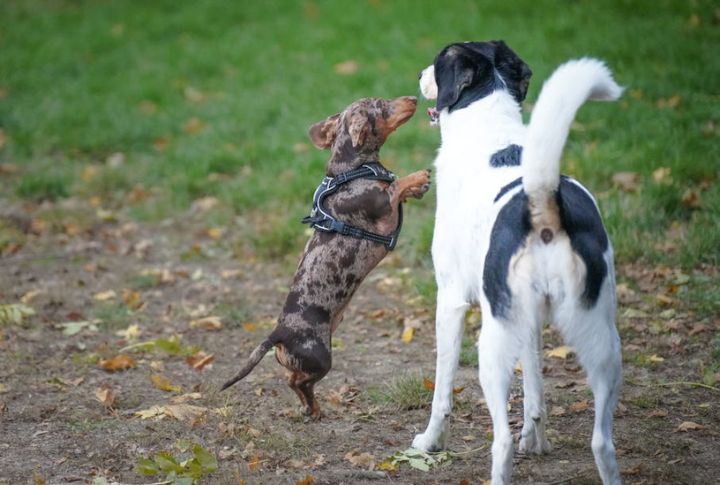
Introduce your pup to friendly dogs for fun playdates and confidence-building. Early socializing prevents fear or aggression, and park trips are way easier. Be it a neighbor’s dog or a puppy class, these positive interactions make for a friendly, outgoing adult dog.
Potty Training Like a Pro
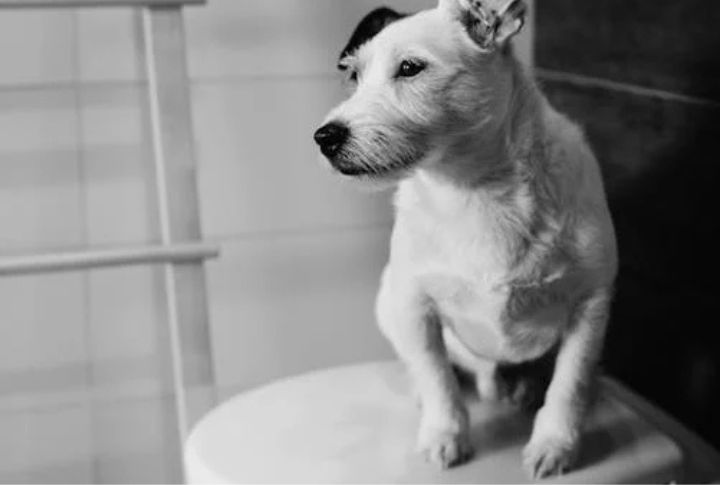
A little routine now means fewer accidents and a dog that knows the rules. Set a bathroom schedule right away! Stick to regular times, like after meals or naps, to help them catch on. Praise them for doing their business outside.
No Biting: Gentle Play Only
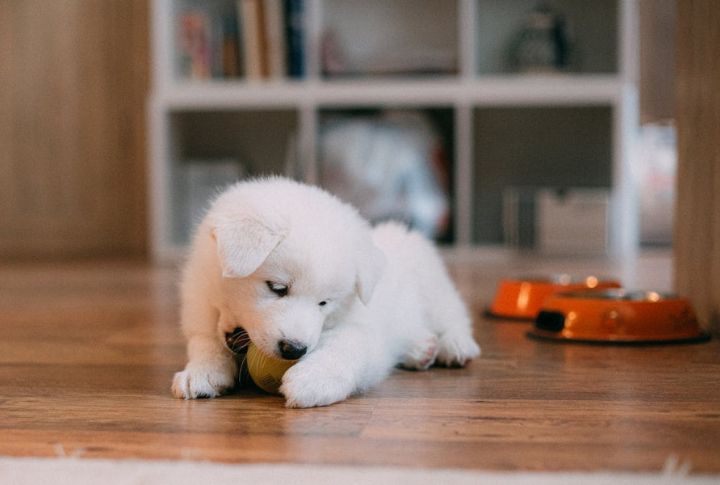
Puppies love to bite during play, so gently correct them by saying “ouch” and offering a toy. Over time, they understand hands aren’t for chomping, leading to safer, more enjoyable play with everyone. It’s a quick path to better behavior!
Stay Calm During Bath Time
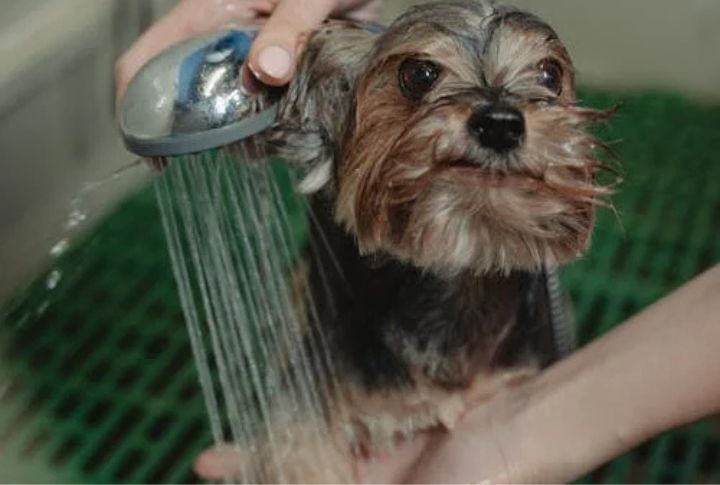
Introduce baths as a calm, rewarding experience by using treats and gentle talk. Gentle praise and patience work wonders and leave your dog less stressed and more willing to jump in. Soon, your dog won’t just tolerate baths—they might even look forward to the splashy fun.
Crate Training for Confidence

A crate can be a comforting den, not just a cage. With treats and praise, introduce it as their own space to retreat. Crates give pups a sense of security and provide you with a safe way to leave them home alone without worry.
Walks Are Better with Leash Manners
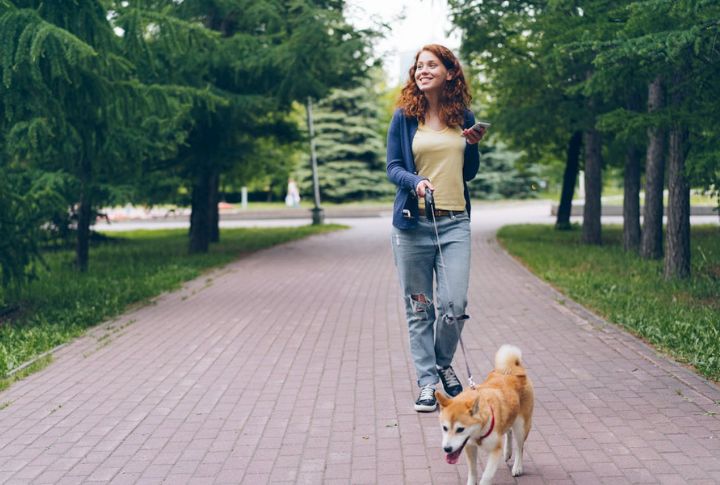
Short practice sessions build great habits and turn each walk into a peaceful experience. Start with gentle guidance and reward your pup for walking calmly beside you. Soon, leash manners mean more exciting adventures and fewer tugging battles.
Calling “Come” for Safety
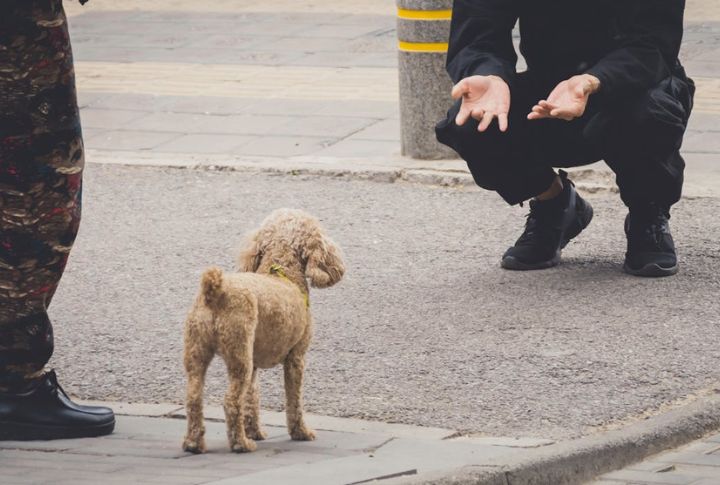
Turn “come” into a fun game with treats as rewards. This builds a reliable recall, which keeps your dog close in busy places and adds a safety layer for off-leash moments. They’ll always return, knowing good things await them.
Handle with Care: Grooming Prep
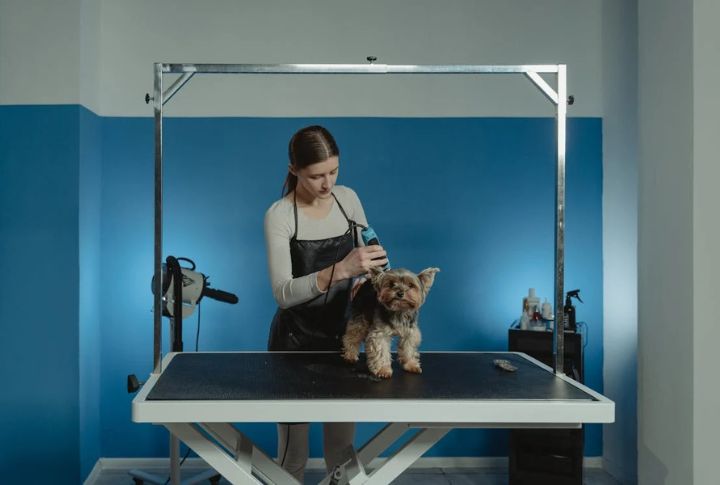
Are you looking to make your pup more comfortable and make future exams and maintenance easier? Help your pup get used to touch by handling their paws, ears, and tail. Offer rewards after each touch to prepare them for vet visits and grooming.
Mind Your Manners: No Jumping!
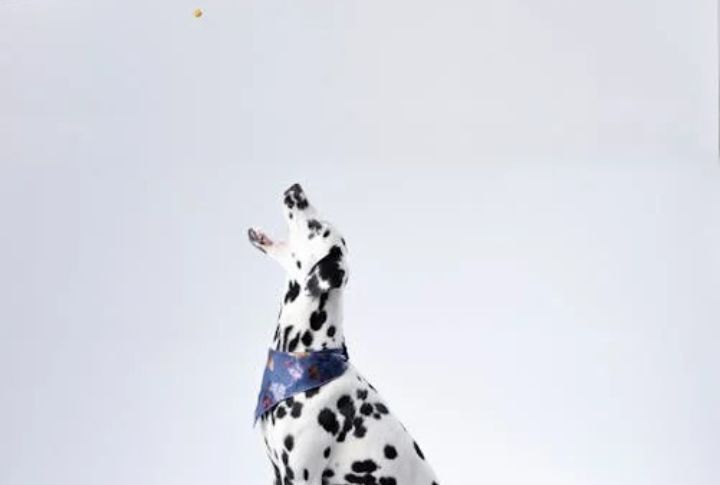
Avoid reinforcing jumping and reward calm behavior instead. This keeps visits stress-free and prevents accidental tackling when friends drop by. Teach calm greetings by waiting until all four paws are on the ground before petting.
Be Okay Alone at Home
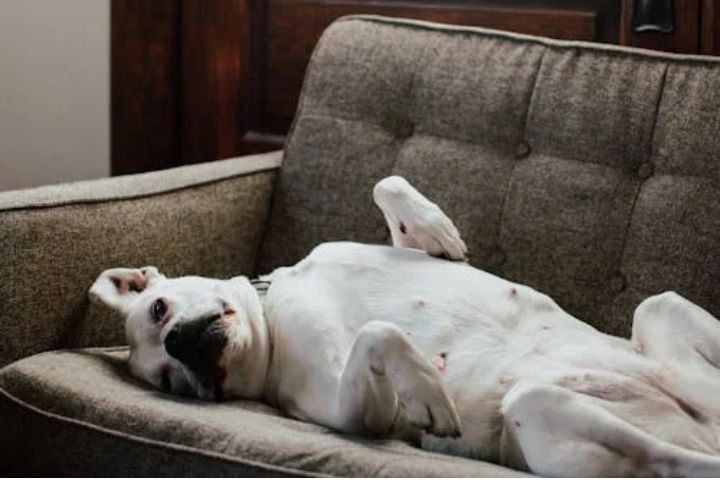
Leave treats or toys as distractions so they associate solo time with something positive. Practice short absences, gradually extending your time away. It helps avoid separation anxiety and gives them a healthy sense of independence.
Chewing on the Right Things
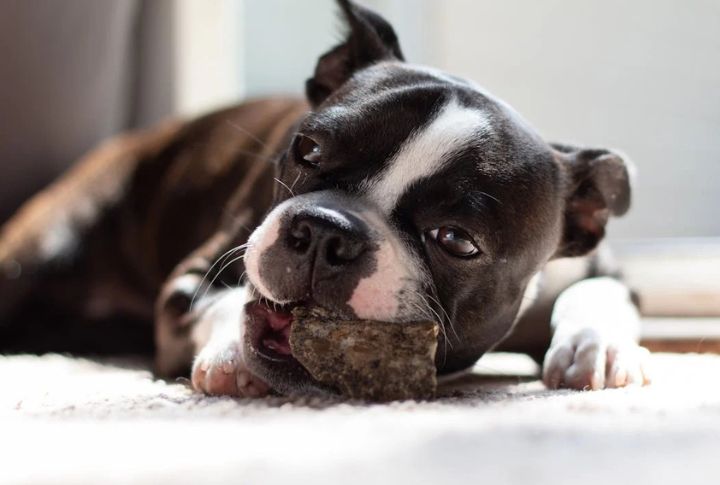
To stop furniture or shoe chewing, redirect them to their toys and reward them for good choices. Show them what’s fair game to chew. This is a way to spare your treasured belongings and teach healthy boundaries around the home.
No Begging Allowed!
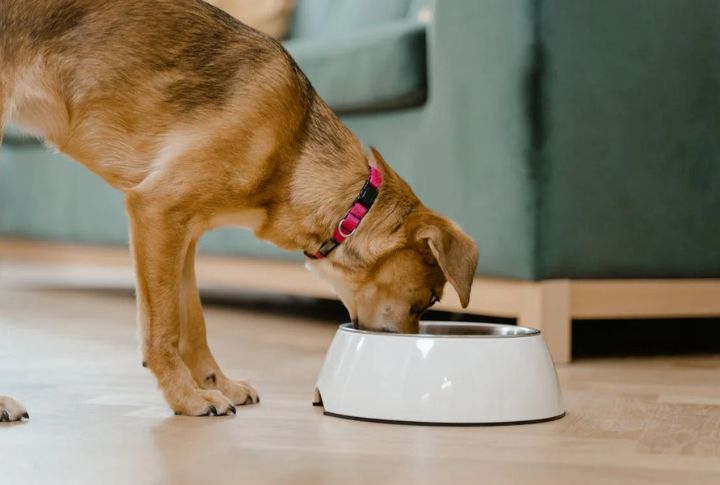
Avoid feeding your pup from the table and reinforce good manners around food. Reward them for staying calm during mealtime. It trains them to ignore tempting smells and save you from those pleading puppy-dog eyes every meal.
Mastering the “Leave It” Command
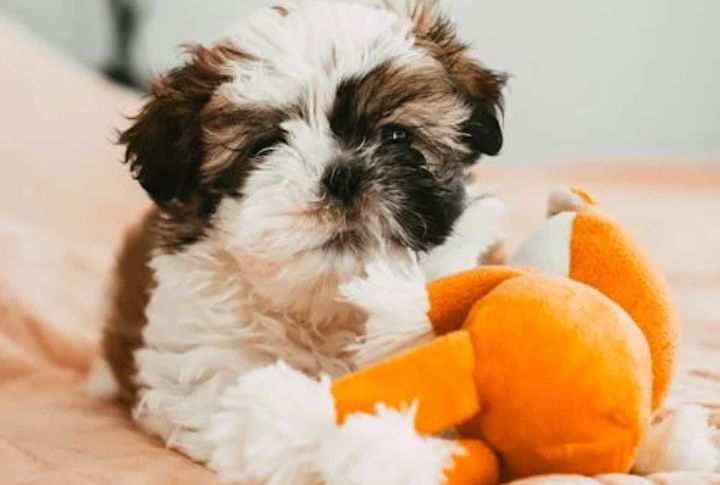
Your pup learns to look to you for guidance in tricky moments. A well-practiced command helps in real-life situations, from ignoring dropped snacks to avoiding hazards outdoors. Practice “leave it” with treats to build patience and control.
Calm Rides in the Car
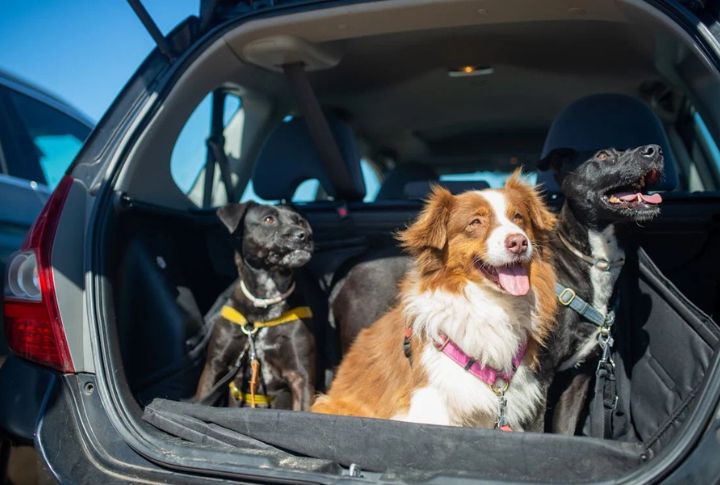
Give them treats and praise to help them associate car time with calm behavior. This training readies your dog for future adventures together without stress or anxiety. Having short and positive trips makes car rides easy.
Teach “Drop It” for Safety
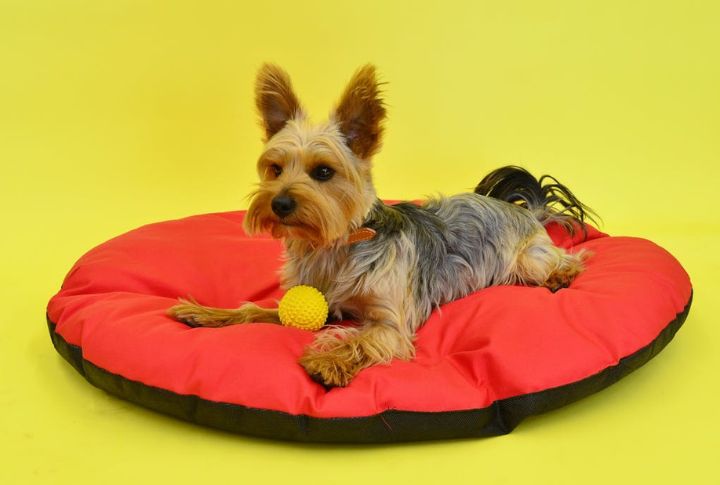
A quick “drop” can save the day in unexpected situations! Offer treats in exchange for items they shouldn’t hold. “Drop it” becomes essential when they pick up something dangerous, keeping them safe and making playtime easier.
Respect Around Kids and Boundaries
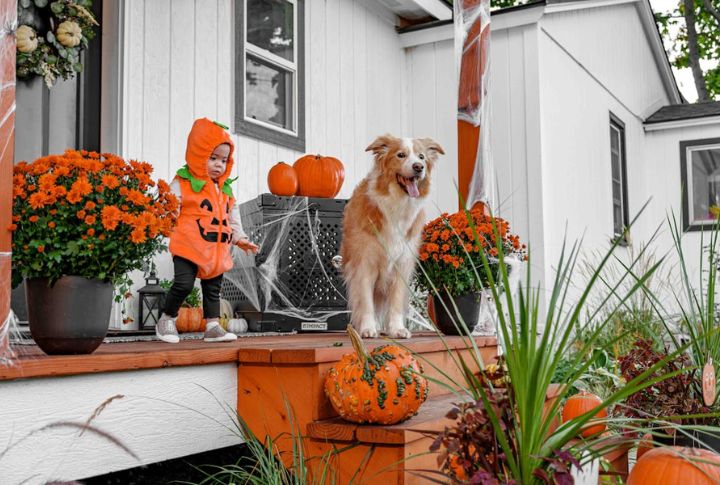
Positive reinforcement makes these connections easy and enjoyable. Expose them to children calmly to boundaries and reward gentle behavior. This ensures safe interactions for both dogs and kids, which builds confidence and harmony in the family.
Control Barking with Simple Commands
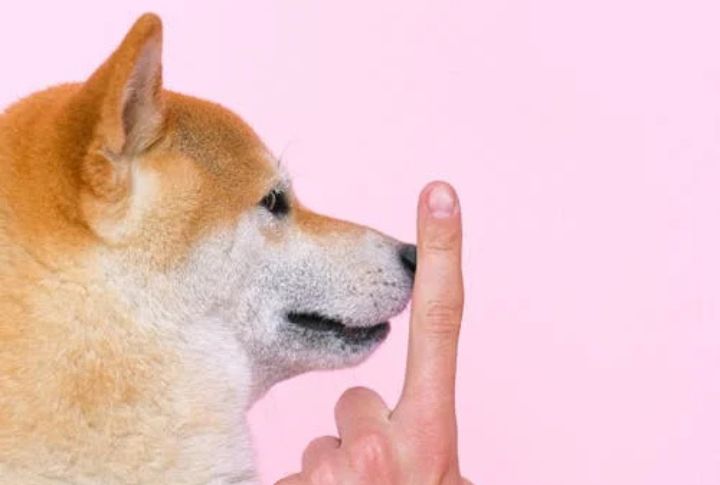
Teach your pup “quiet” by rewarding them for calming down. This will help them learn what’s okay to bark at and when to stop. It will also keep the peace at home and ensure that barking stays under control, making your pup the best neighbor on the block.
Avoid Jumping on Furniture

If the furniture’s off-limits, you need to enforce it consistently and clearly. A simple “off” and a reward when they comply will establish boundaries quickly. Your dog learns respect for your space without any fuss or confusion.
Foster a Curious Explorer

A brave pup today becomes an adventurous dog tomorrow, ready for anything by your side. Expose your pup to new places, people, and sounds. These early experiences build confidence and create a well-rounded dog eager to explore the world.





